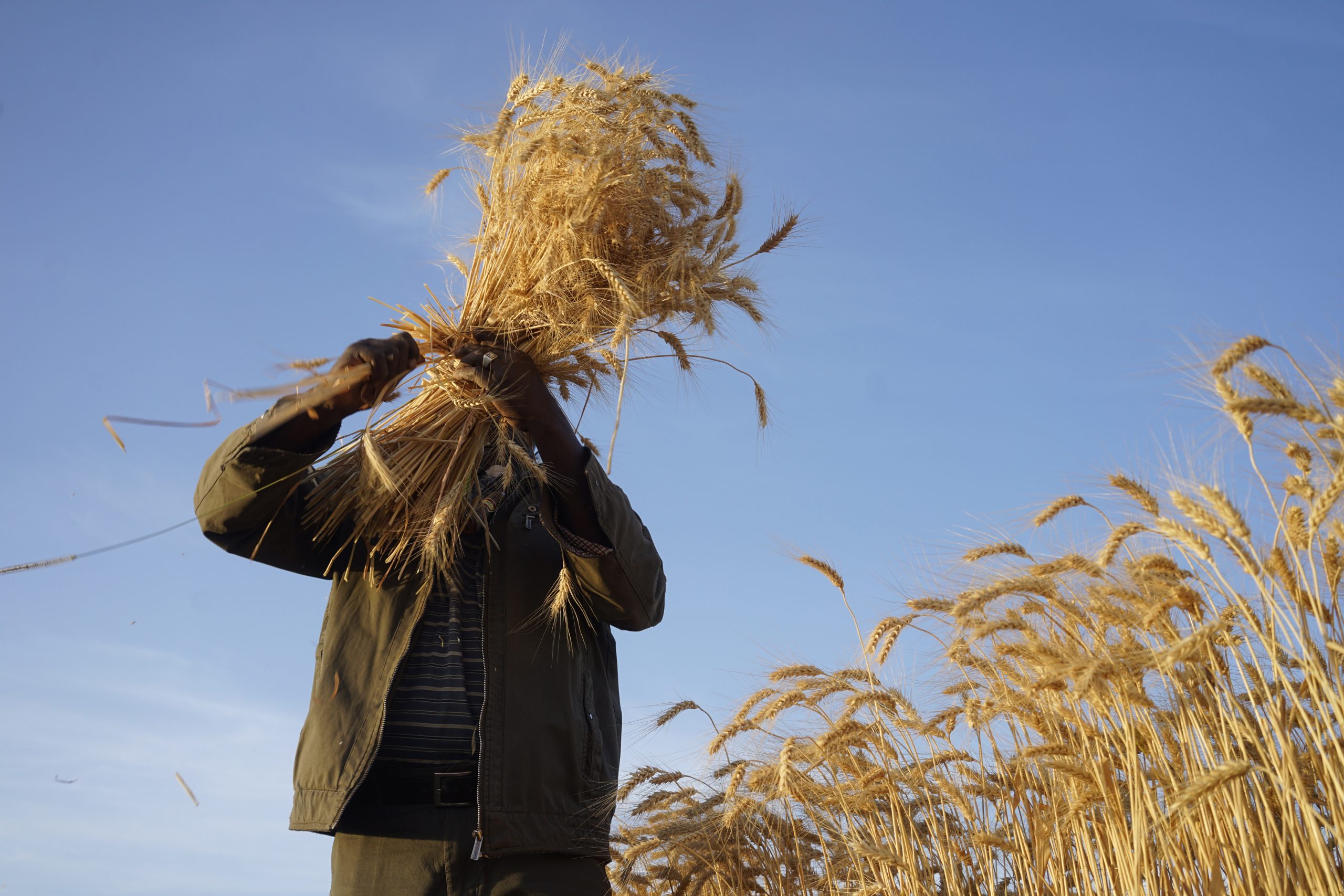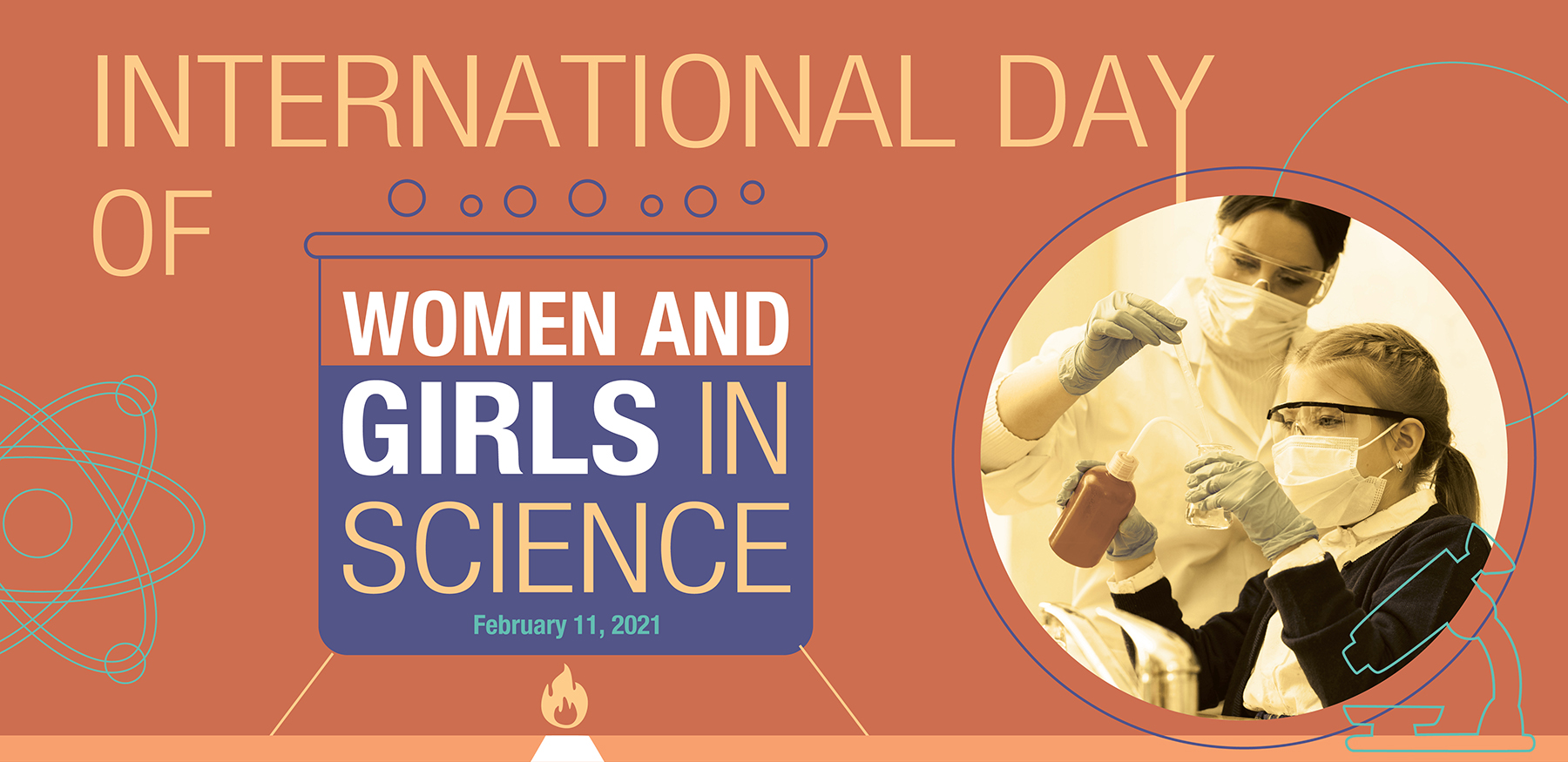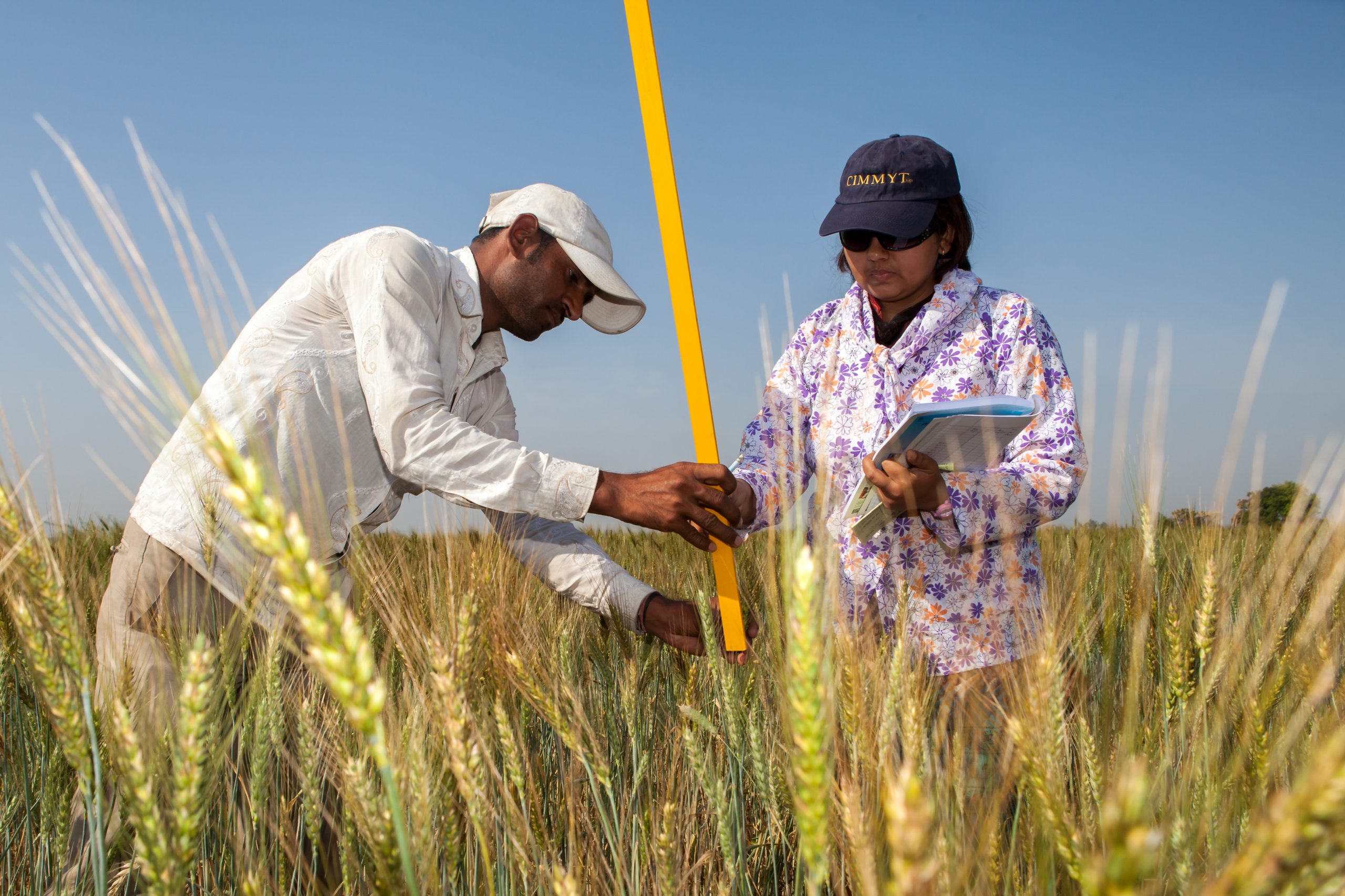
Much has changed since many CIMMYT scientists attended university. In the past decades, the STEM field was predominantly male, with far less representation from marginalized groups and communities. Challenged by societal prejudices, only a handful of young women pursued STEM subjects, which further influenced career choices made by them, reinforcing the gender gap.
The gender gap in STEM is still significant, but times are changing. “At CIMMYT, we are deeply committed to promoting the voice of youth, marginalized communities, and women to improve the rigor of science for sustainable development. This includes investment in mentorship, learning from champions and pioneers, and appropriate performance assessment guidelines,” said Program Director of CIMMYT’s Sustainable Agrifood Systems, Sieglinde Snapp. “It is a long journey with bumps along the way, but I am proud to be in solidarity with the Global South, where we champion gender and social inclusion every day.”
On International Day of Women and Girls in Science 2024, five CIMMYT scientists who inspire, support, and open doors for many young women and underrepresented groups with their scientific work and pay-it-forward commitment share their motivation behind charting a career in STEM and encourage more young women and make the field more inclusive.
Beyhan Akin, winter wheat breeding lead
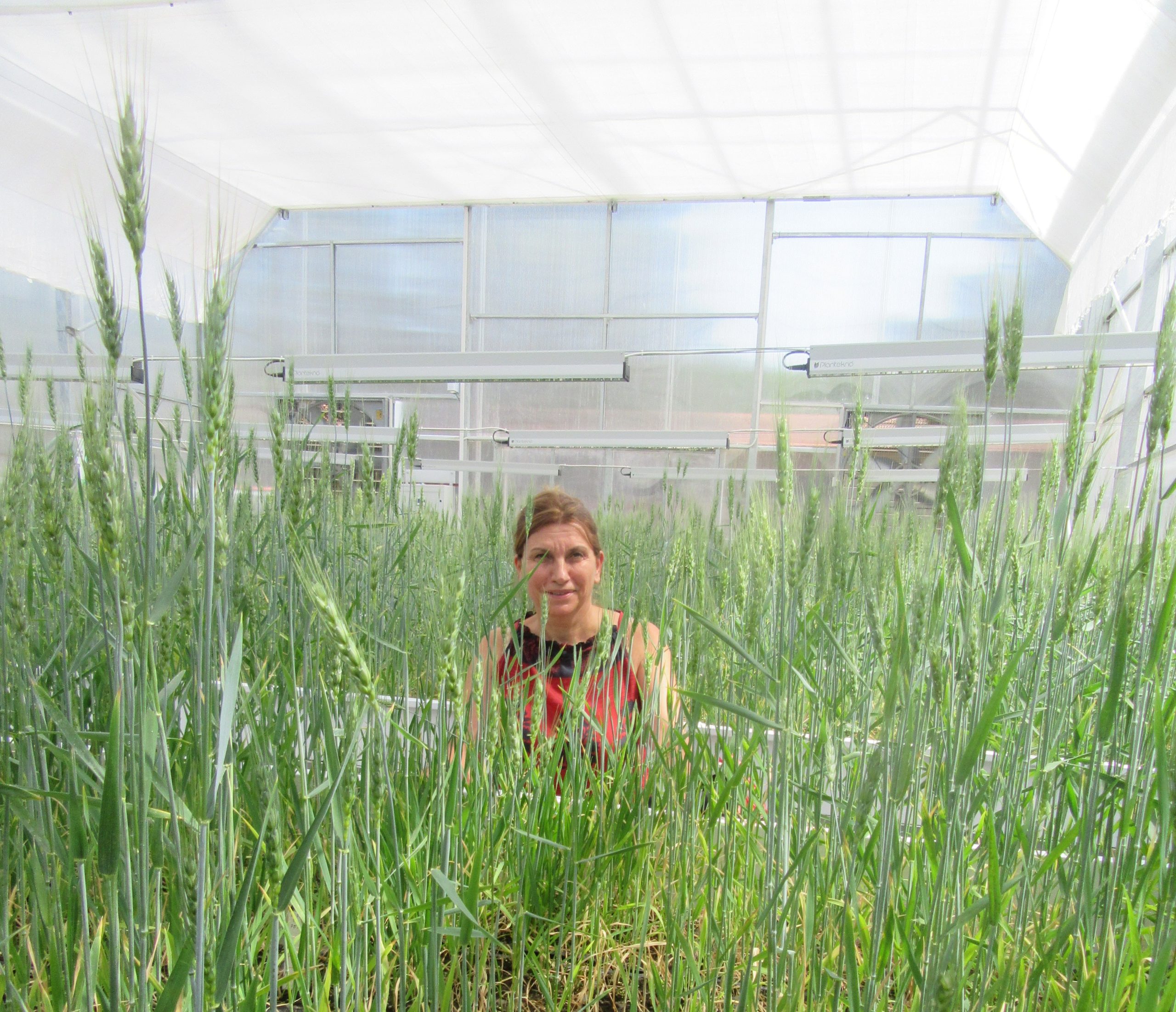
Hailing from a farming family, Beyhan Akin was always surrounded by the beauty and potential of agriculture. She wished to contribute to her farming community, so 35 years ago, she joined CIMMYT’s wheat research program. Akin reminisced about her early days, how there were few women scientists, and the realization that if she succeeded, she could motivate more to follow in her footsteps.
“Agriculture science is expanding beyond core crop science with huge potential for interdisciplinary research and innovation. I hope young women students and scientists get the opportunity to pursue and excel in these fields. Increased advocacy and investment—grants, fellowships—at an institutional level is crucial to motivating and supporting the aspirations of women in science,” said Akin. “It might have taken a long time for women scientists like us to be in positions of influence, but I hope we can ensure the path is far less challenging today for these young women pursuing agriculture science/STEM.”
Alison Laing, agroecology specialist
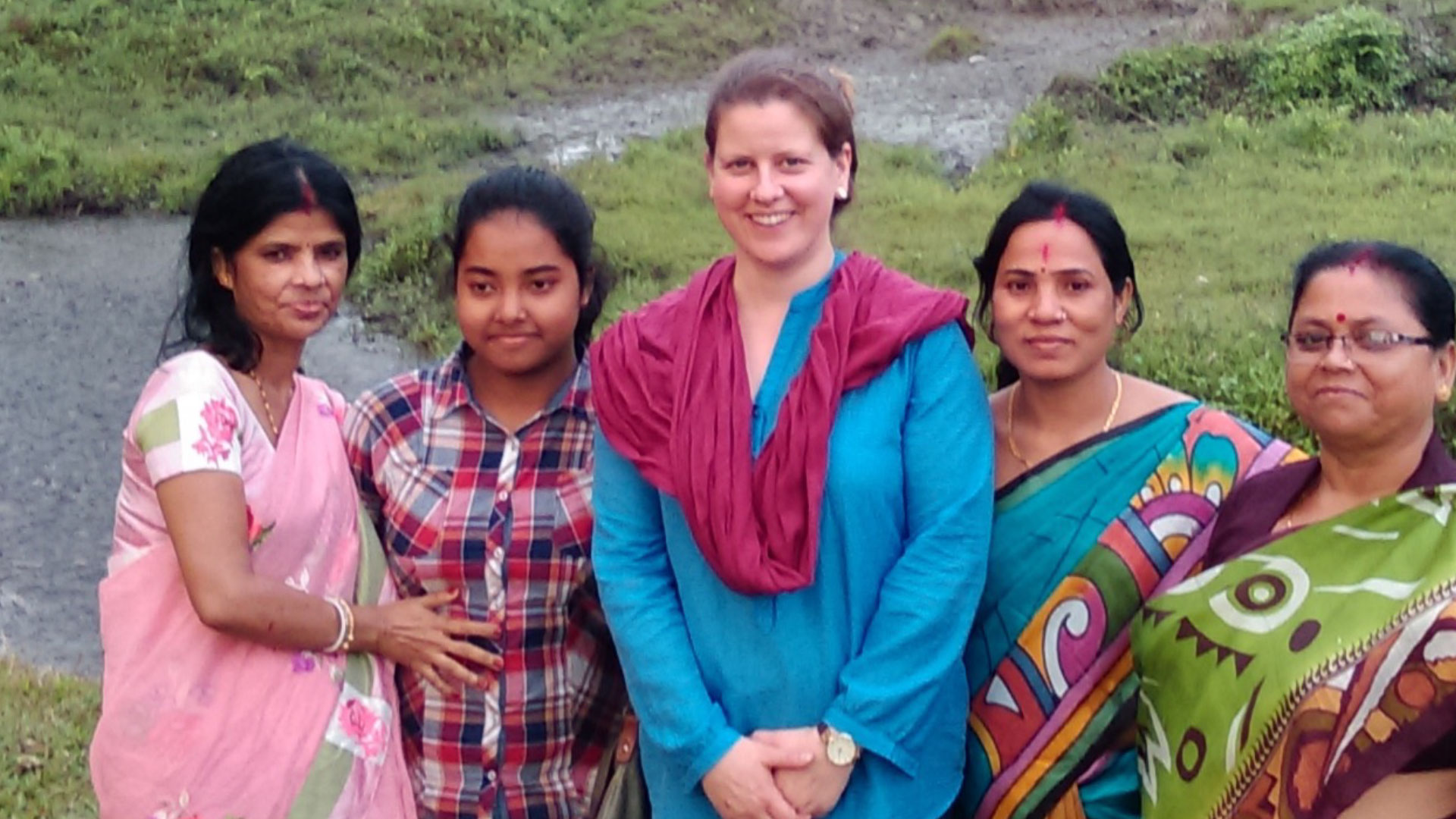
“Search out mentors. Don’t be afraid to either ask for help when you need it or to promote your achievements. And build networks,” advises Alison Laing to young women scientists starting in the field. Based in Bangladesh and working across South and Southeast Asia for over 15 years, Laing hopes that girls have opportunities to choose science education and become women with rewarding careers in fields that interest them, especially in non-traditional STEM disciplines.
Laing remembers how her mentor early in her career, the late John Schiller, a rice agronomist at the International Rice Research Institute (IRRI), encouraged her enthusiasm for learning and research. “He taught me so much about doing research in Southeast Asia, and I am indebted to him for his motivation and support in showing me how rewarding and interesting a scientific career can be.” She hopes other young students and scientists will have such mentors in their lives.
Sabina Tiwari, assistant research associate
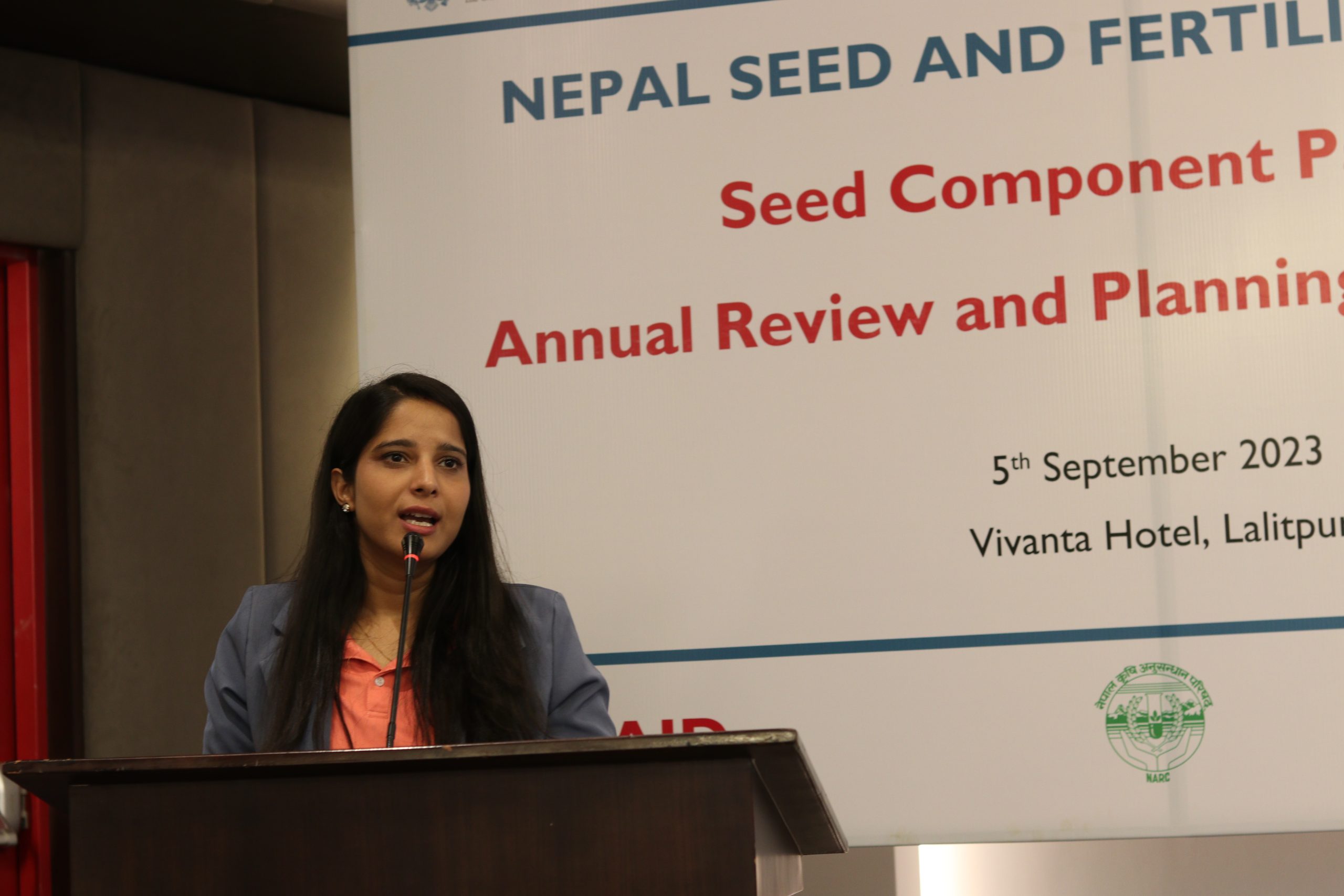
Fascinated by nature, plants, and how they thrive in diverse environments, Sabina Tiwari’s journey in science led her to become a plant breeder. “The indefinite potential of agriculture to improve lives made me realize how powerful agricultural science can be. This led to the motivation that I could create a positive difference in the world by being part of crop science and technology while working alongside great scientific minds, both men and women. Today, to young girls aspiring to make a difference in the world, I recommend they empower their cause through science and innovations.”
According to Tiwari, mentorship programs, internships, and job-shadowing experiences that helped her career must be extended to young women to gain practical exposure and knowledge of the possibilities in agriculture science.
Mazvita Chiduwa, associate scientist
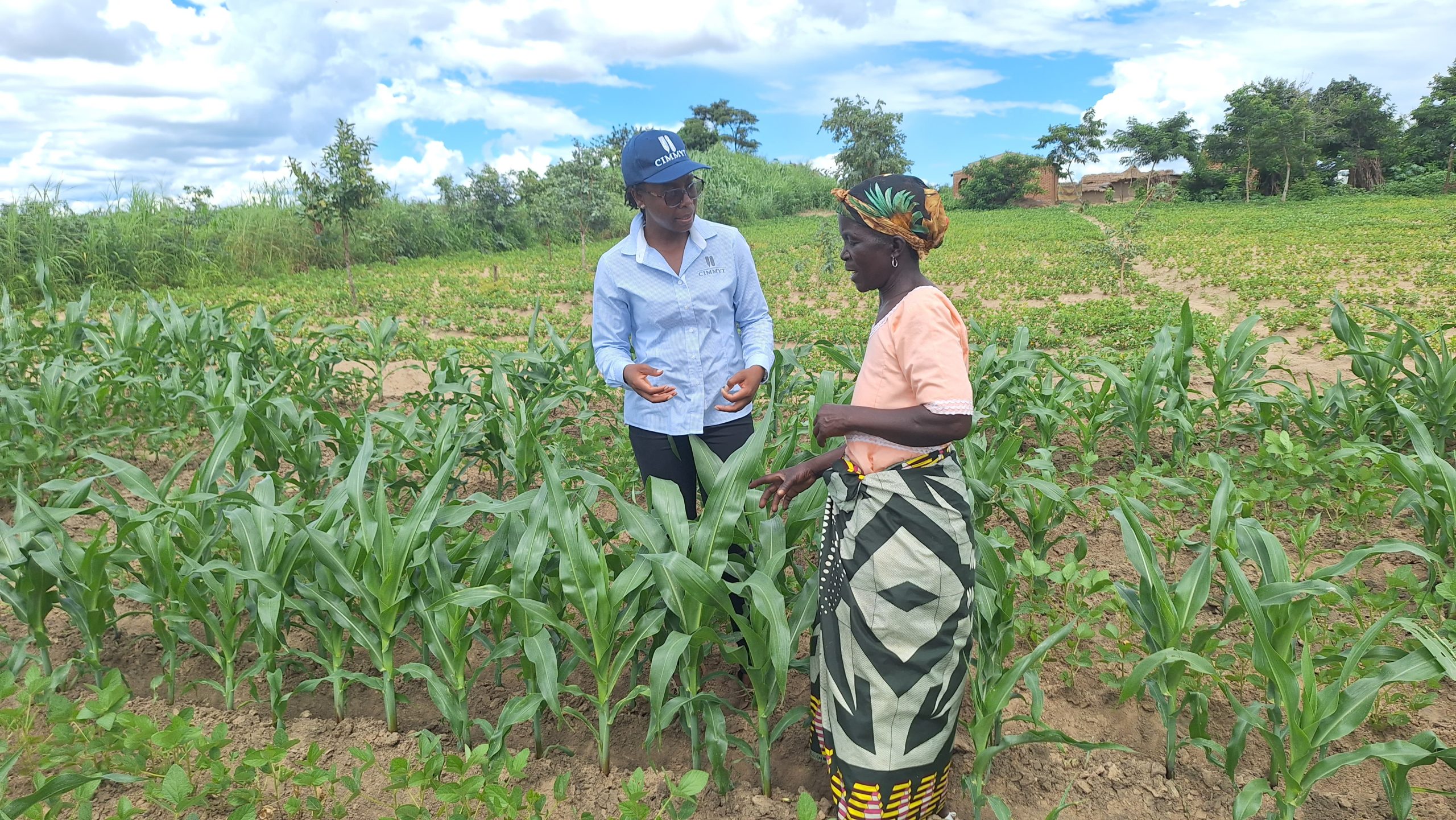
For Mazvita Chiduwa, a career in agriculture science has been rewarding. “I love the adventure involved in discovery in agriculture. I am inquisitive, and this career allows me to ask questions and seek answers,” said Mazvita.
Chiduwa believes society needs to embrace the participation of women and girls in STEM education and careers and that stereotypes about women not being cut out for STEM, prevalent even today, must be done away with.
To young girls and women aspiring for a career in STEM, Chiduwa says, “Go for it. There is a need for your uniqueness to contribute a wholesome solution to our world’s challenges.”
Luisa Cabrera Soto, research associate
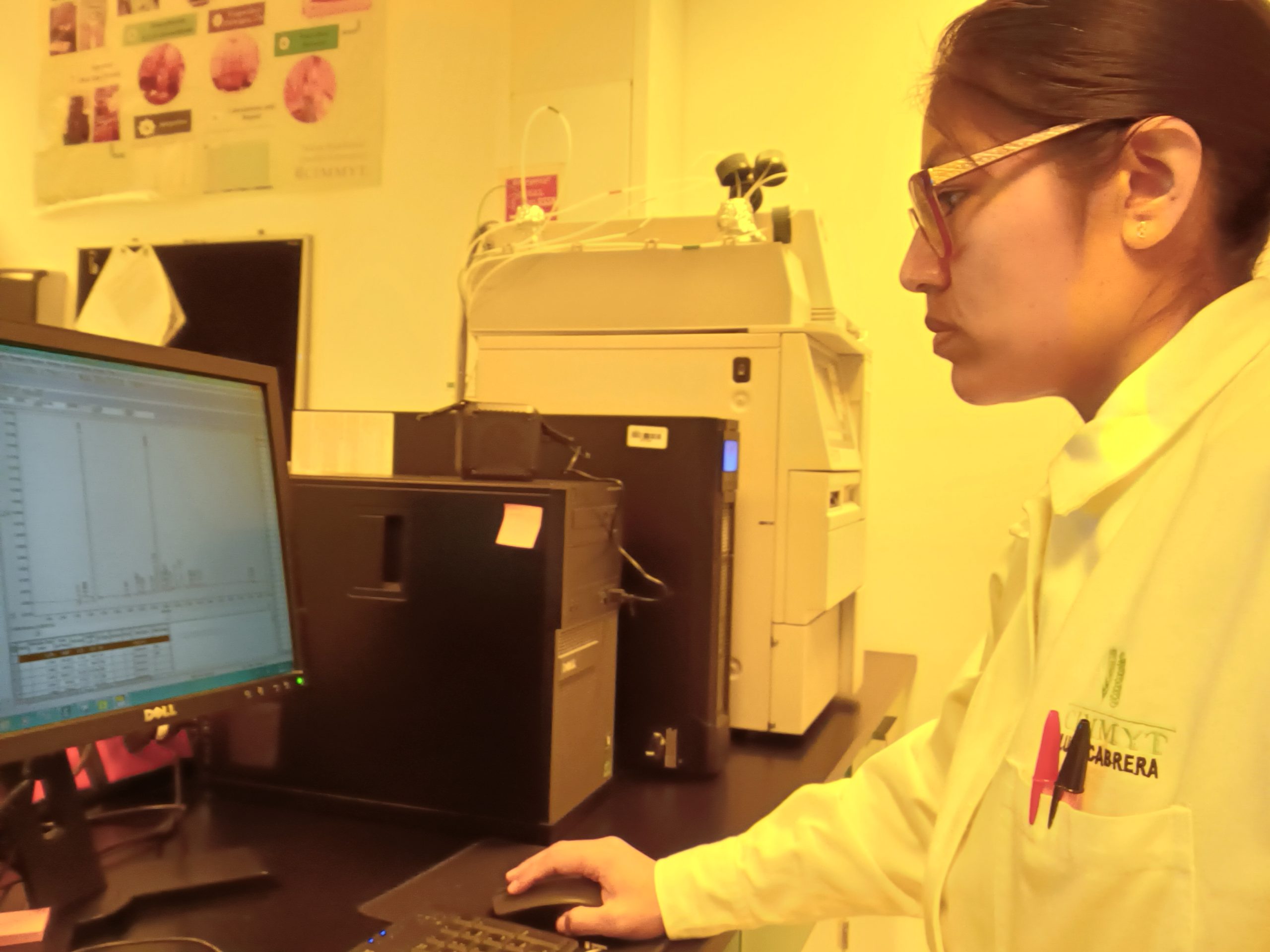
“A feminine perspective and approach are needed to enrich research,” reminds Luisa Cabrera Soto. “In a society where almost half of the members are female, I hope equity and inclusion will help improve under-representation in STEM.”
According to Cabrera, it is essential that women in science continue to challenge the gender prejudices and stereotypes that still exist. “Don’t let the spark of your curiosity go out. As a food science professional, I can say that there are still discoveries to be made and, through it, the probability of finding innovative solutions to global challenges such as food security.”
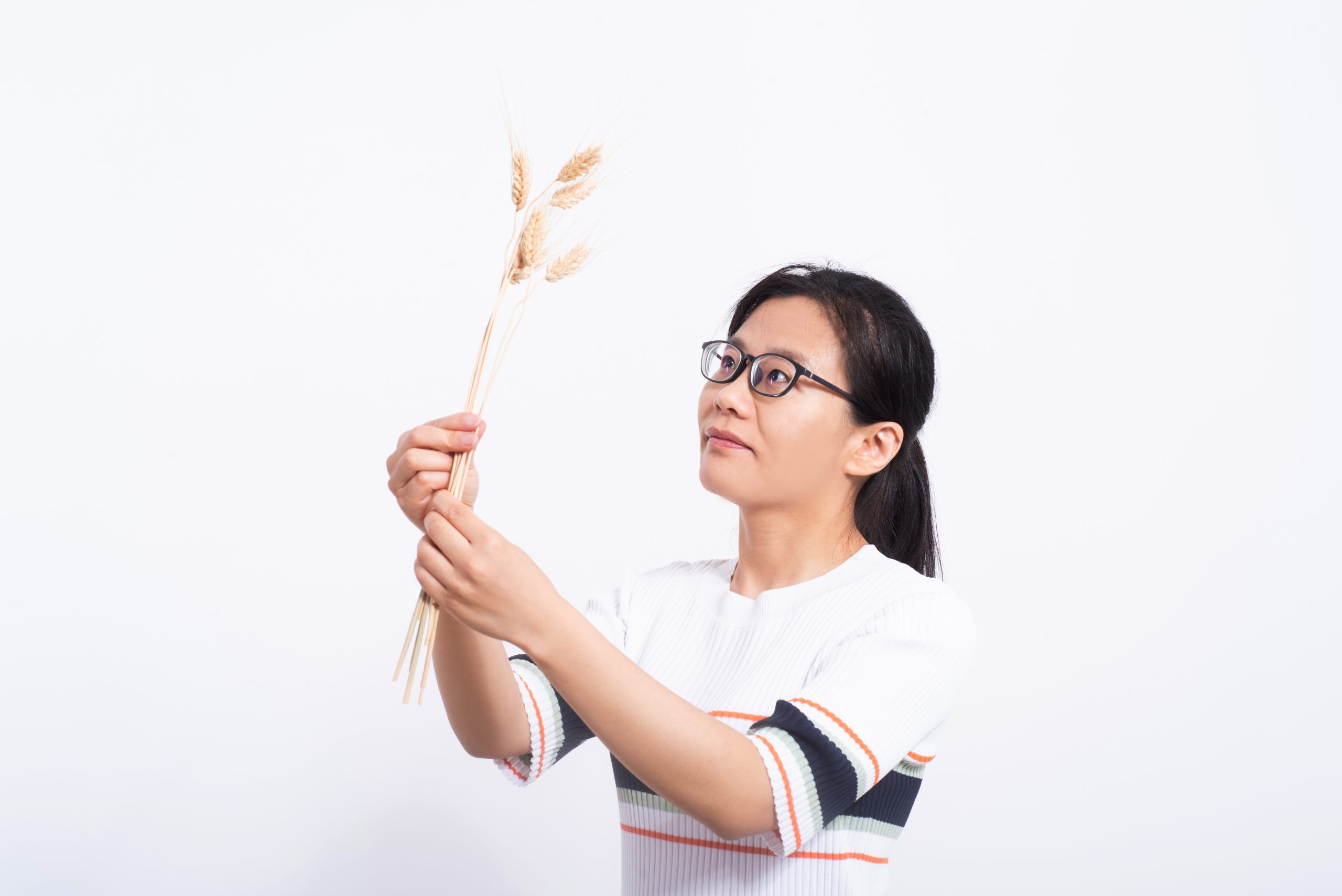
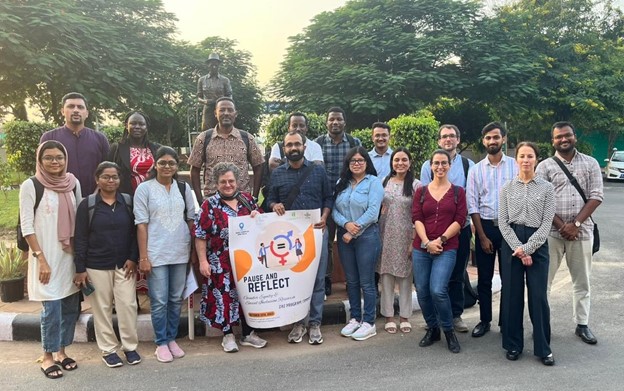
 Gender equality, youth and social inclusion
Gender equality, youth and social inclusion 